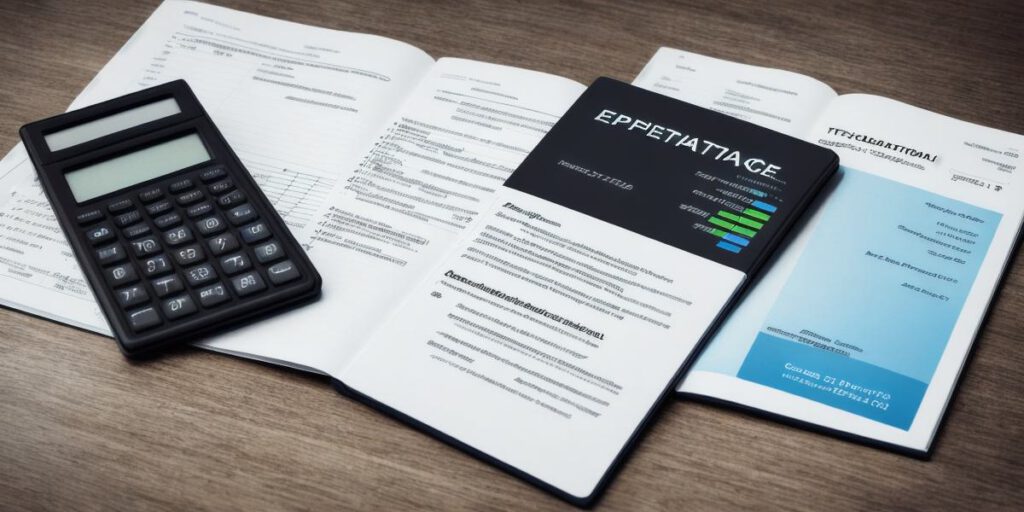How can software be depreciated for tax purposes

Depreciation is a tax-efficient way to spread out the cost of expensive assets, such as software, over several years. This can help businesses reduce their tax liability and improve their cash flow. In this guide, we’ll explore how to depreciate software for tax purposes, including different methods and considerations.
Understanding Depreciation
Depreciation is the process of deducting a portion of the cost of an asset from a company’s income each year over its useful life. The goal of depreciation is to spread out the cost of assets, such as buildings, vehicles, and software, over time, so that they do not have an undue impact on a company’s profitability in any given year.
There are several methods for depreciating software, including straight-line, declining balance, sum-of-the-years’-digits, and double declining balance. Each method has its own advantages and disadvantages, which we’ll discuss in the next section.
Straight-Line Depreciation
The most common method for depreciating software is straight-line depreciation. This method involves deducting a portion of the cost of the software from a company’s income each year over its useful life. For example, if a company purchases software for $10,000 and estimates that it will have a useful life of five years, then it can depreciate the software using straight-line depreciation by deducting $2,000 from its income each year ($10,000 / 5 $2,000).
Straight-line depreciation is a simple and straightforward method that is easy to calculate and understand. However, it does not accurately reflect the declining value of software over time. As software becomes outdated, it may no longer be useful or effective, which means that its value to the company decreases.
Declining Balance Depreciation
Declining balance depreciation is another method for depreciating software. This method involves deducting a larger portion of the cost of the software from a company’s income in the early years and a smaller portion in the later years. For example, if a company purchases software for $10,000 and estimates that it will have a useful life of five years, then it can depreciate the software using declining balance depreciation by deducting $4,000 from its income in the first year ($10,000 / 5 $2,000), $3,200 in the second year ($10,000 / 4 $2,500), $2,880 in the third year ($10,000 / 3 $3,333.33), $2,560 in the fourth year ($10,000 / 2.5 $4,000), and $2,000 in the fifth year ($10,000 / 1 $10,000).
Declining balance depreciation is more aggressive than straight-line depreciation and can result in larger tax deductions in the early years. However, it may not accurately reflect the declining value of software over time, as the deductions become smaller in later years.
Sum-of-the-Years’-Digits Depreciation

Sum-of-the-years’-digits depreciation is a method for depreciating software that involves deducting a portion of the cost of the software from a company’s income each year based on the number of years that have elapsed since the purchase date. For example, if a company purchases software for $10,000 and estimates that it will have a useful life of five years, then it can depreciate the software using sum-of-the-years’-digits depreciation by deducting 20% of the cost in the first year ($10,000 x 0.2 $2,000), 17.5% of the cost in the second year ($10,000 x 0.175 $1,750), 15% of the cost in the third year ($10,000 x 0.15 $1,500), 12.5% of the cost in the fourth year ($10,000 x 0.125 $1,250), and 10% of the cost in the fifth year ($10,000 x 0.1 $1,000).
Sum-of-the-years’-digits depreciation is a more flexible method than straight-line depreciation and can result in larger tax deductions in the early years. However, it may not accurately reflect the declining value of software over time, as the deductions become smaller in later years.

Double
Declining Balance Depreciation
Double declining balance depreciation is a method for depreciating software that involves deducting twice the cost of the software from a company’s income in the first year and then deducting a smaller portion each year thereafter.